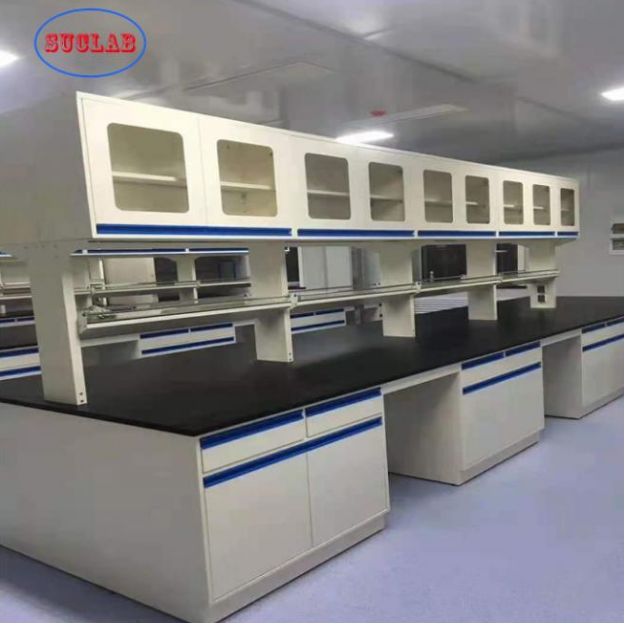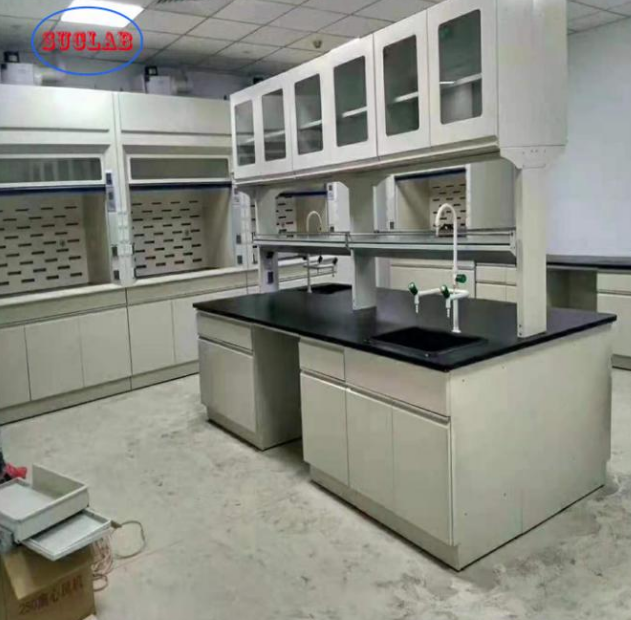Establishing a chemistry laboratory requires an intricate blend of planning, precision, and adherence to safety protocols. These spaces are more than rooms; they are highly controlled environments where scientific inquiry paves the way for innovation and discovery. At the heart of a functional laboratory is its infrastructure, with Quality Chemistry Lab Furniture playing a pivotal role in ensuring a safe and efficient workspace.
The journey to setting up a chemistry laboratory navigates through several crucial phases, each demanding a keen eye for detail and a profound understanding of the requirements specific to the chemical research and experimentation realm.
Understanding the Scope of Work: Before any physical setup begins, it’s imperative to define the laboratory’s purpose. Will it support academic learning, private research, quality control, or groundbreaking experimentation? The scope directly influences the design, safety measures, and equipment types, affecting workflow and collaboration within the space.
Designing According to Regulations and Standards: Laboratory design must comply with established safety and building codes and standards, such as those from the Occupational Safety and Health Administration (OSHA), the National Fire Protection Association (NFPA), and the Americans with Disabilities Act (ADA). These regulations govern everything from proper ventilation to emergency exits.

Optimizing Layout for Efficiency and Safety: The laboratory layout should promote a seamless flow of work, materials, and personnel while minimizing hazard exposure. It involves strategic placement of workstations, equipment, and storage units to reduce congestion and contamination. Walkways, designated clean areas, and points of entry and exit must be clear from obstructions.
Investing in Quality Furniture and Fixtures: Selecting appropriate laboratory furniture is not a trivial concern. Workbenches, storage cabinets, fume hoods, and shelving units need to be made of materials that resist chemical corrosion, physical abrasions, heat, and moisture. Here, Quality Chemistry Lab Furniture becomes an invaluable asset. Each piece must uphold the highest standards of safety and durability, as compromised furniture can be a significant safety hazard.
Work surfaces, particularly, need careful consideration due to their constant exposure to corrosive substances and mechanical strain. Materials like epoxy resin, phenolic resin, or stainless steel are popular for their resilience and ease of maintenance. The furniture’s adaptability is also vital, offering solutions for future expansion or reconfiguration.
Ensuring Controlled Environment and Ventilation: Chemistry laboratories often handle volatile substances, necessitating robust and reliable ventilation systems. Proper air management protects laboratory personnel from inhaling toxic fumes, controls the spread of airborne contaminants, and regulates humidity and temperature. Elements like fume hoods, air showers, and HEPA-filtered ventilation systems become integral parts of the controlled environment.
Implementing Comprehensive Safety Measures: Beyond furniture and layout, laboratories must integrate equipment and protocols directly concerned with personnel safety. This category includes fire safety equipment, eyewash stations, emergency showers, and first-aid kits. Additionally, facilities need to establish regular safety training, proper signage, emergency response plans, and enforce the use of personal protective equipment (PPE).

Integrating Advanced Technology and Equipment: Modern chemistry laboratories harness sophisticated instruments and technology for precise measurements, data analysis, and experimental accuracy. These may range from simple Bunsen burners to complex spectrophotometers or chromatography systems. Each device must be appropriately positioned for easy access, and electrical systems must support their safe operation.
Planning for Waste Management: Effective chemical waste disposal is a critical aspect of laboratory operation, directly linked to environmental and personnel safety. Laboratories must categorize waste, using different methods for neutralization, recycling, or disposal, following regulatory guidelines. This procedure involves proper waste segregation, using designated containers, and training staff on handling and disposal protocols.
Maintaining and Reviewing Regularly: Once operational, regular reviews and maintenance of the laboratory space, equipment, and safety protocols are essential. This ongoing process helps identify potential issues before they escalate into safety hazards. It involves regular testing of equipment, structural integrity checks, and updates to safety procedures as per new regulations or guidelines.
Setting up a chemistry laboratory is a dynamic process that marries functionality with stringent safety requirements. It’s about creating an environment that not only supports rigorous scientific exploration but also nurtures the well-being of those who work within its confines. The role of Quality Chemistry Lab Furniture is indisputable in this narrative, providing the infrastructure that upholds the laboratory’s sanctity.
The laboratory setup, thus, becomes a continuous journey of adaptation and enhancement, responsive to the evolving needs of research, innovation, and safety standards. It’s a space alive with possibilities, guarded by the principles of safety and driven by the pursuit of knowledge. Each decision made, from the broad strokes of layout planning to the minute details of furniture resilience, contributes to a setting that might one day witness revolutionary breakthroughs in chemistry.